Meet the 3 Friends Lighting Up 150 Remote Villages With Solar Power
Pushpa Rathod’s six decades of living in Jharkhand’s Gumla district are well bifurcated into a ‘before’ and ‘after’. The boundary is drawn by the Sun.
She recalls 2015 as the inflection point; that year, two friends, Sameer Nair and Anshuman Lath, entered the district, with hope colouring their plans. Through their brainchild, ‘Gram Oorja’, a collective championing energy access through grassroots-level projects, the duo — they were soon joined by the third co-founder Prasad Kulkarni — was keen to electrify Gumla by harnessing the Sun’s power.
In years, this concept would be christened the ‘solar microgrid’.
Over the next three years, the communities of Gumla watched a simple idea calcify into an impact that touched 21 villages; for the first time in their lives, 800 households experienced uninterrupted power supply. But, setup counts weren’t the only yardsticks of success; the real accomplishment was the shift in the womenfolk’s routines.
Solar power breathed a sense of ease into their day. They could now visit their neighbours after dark. Overnight, the streets shed their foreboding avatars, now illuminated by solar-powered street lights. It gave them a semblance of liberty.
Energy poverty often perpetuates outdated power dynamics — literally and metaphorically. And the success story of Jharkhand’s electrification holds a mirror up to this. In 2019, when the district tasted a 24/7 power supply — through the collaborative efforts of Gram Oorja and NGO PRADAN — it did more than enable. It empowered.
When the villagers take charge of the grid
Having access to an unbroken flow of electricity meant the women could breeze through their chores. No longer relegated to the home, they optimised the extra time to participate in the Village Energy Committee (VEC), where they got to be at the helm of decisions that would become the bedrock for village development — from calling the shots on energy tariffs to assigning the operational logistics to an elected local operator.
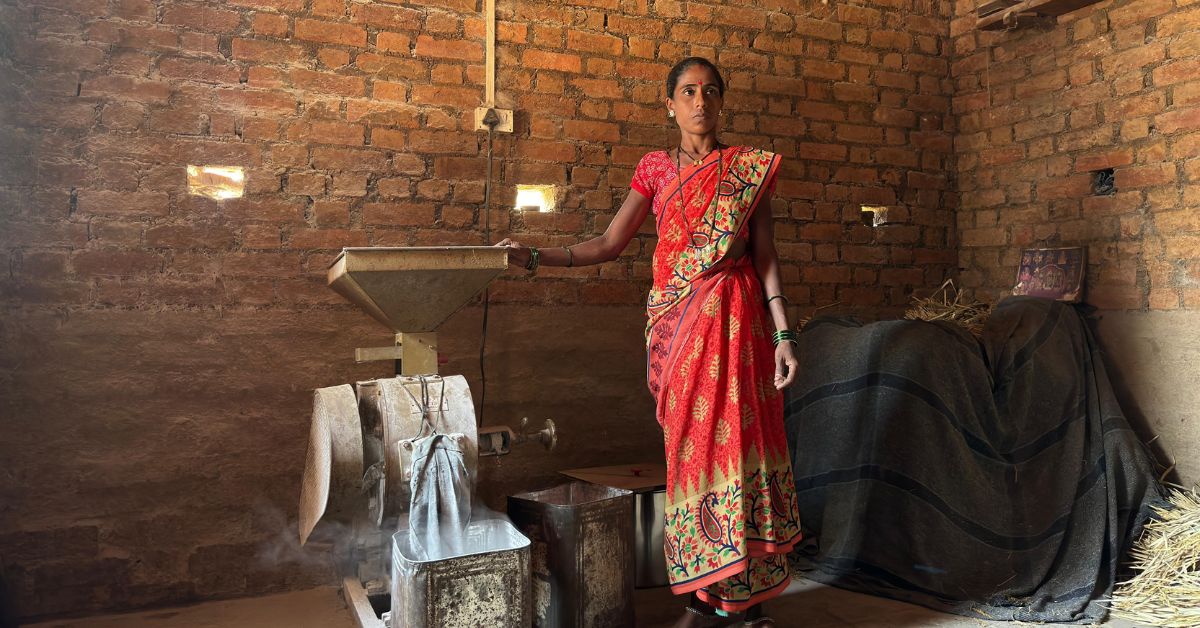 The women of Jharkhand have become an active part in the decision-making process regarding the solar microgrids
The women of Jharkhand have become an active part in the decision-making process regarding the solar microgrids
They take these meetings seriously. As Suchita Ba, who heads them in her village in Kudpani Girijatoli, Simdega, Jharkhand, explains, “During these meetings, we collect the monthly tariff of Rs 100 from each family. Initially, every family pooled in Rs 2,000. The money is a backup; if the microgrids need maintenance, we can pay for it ourselves.”
Suchita is a busy person.
The arrival of ‘light’ in her village gave her a lot to do, such as making decisions on how it’s used. “We did not have electricity for years. And then one day, we did. Now our lives look very different. My children can study. It gave us access to so many more facilities.”
But freedom came with responsibility. “When we put our own money, we feel responsible for the microgrids. Another reason why we do this is to ensure that the grids help our children, too. We want them to also benefit from solar. We are saving for our future.”
Backed by Gram Oorja, the people of the Gumla are turning into custodians of their land.
Explaining the reason behind the success of the model, Sameer, one of the founders of Gram Oorja, says it’s hinged on two key players — CSR grants (which help with capital costs) and tariffs, which cover the maintenance costs. The latter is as crucial as the former because they allow for a judicious use of the resources. This is important, he explains, as when the locals witness continuous power supply for the first time, there’s a tendency to view it as a rare indulgence. Tariffs ensure prudent use.
Making them a part of the process ensures that the model goes beyond a fleeting inclusion and instead sustains itself in the long run. Over the life cycle of the project, the village bears around 60 percent of the overall cost.
But, for the people of Gumla, a constant power supply guarantees more than just peace of mind. It also lends them a quiet confidence to start dabbling in economics beyond what they’re comfortable with on home turf. Sameer explains, “Through solar, the people of the village can grow an extra crop, engage in agricultural processing, and adopt dehusking machines. These things add to their income; they make the system more viable. So you see, with a subsidy, the project would run for around four years. But the idea is to make it run forever.”
When energy becomes an enabler
How can energy access transform the villages of India?
In 2008, Sameer and Anshuman bent their heads over the question.
To contextualise their concerns, we revisit a 2015 Times of India report, which underscored that even though India was officially declared 100 percent electrified — meaning just 10 percent of homes in a village had to have electricity to meet the criteria — 17 percent of homes were still without power.
This bothered them. “While ideating on the best way to create impact in the villages, we struck upon the idea of energy access. We’re talking about a time when fossil fuel prices were steadily rising. On the other hand, you had renewable energy becoming more accessible. The idea was to take both issues — the falling prices of renewable energy and the rising prices of fossil fuels — and create a social impact business,” Sameer mentions.
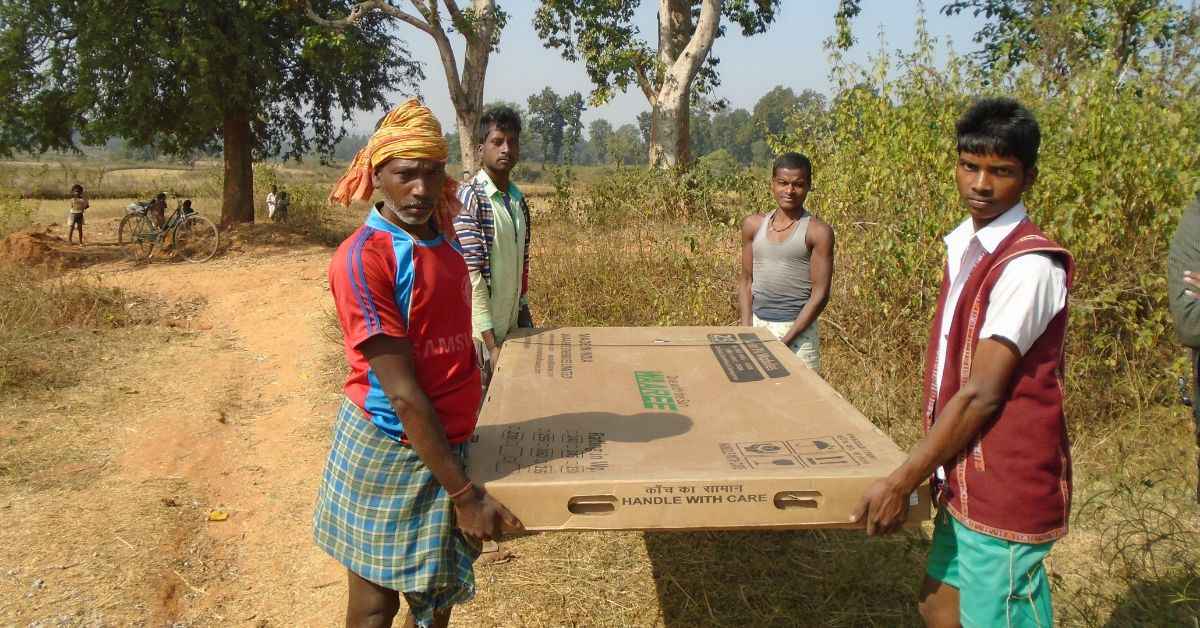 Gram Oorja is a collective championing energy access through grassroots-level projects
Gram Oorja is a collective championing energy access through grassroots-level projects
And with this hope, Gram Oorja was born.
Since inception, it has diversified into a wide portfolio of projects, each reimagining the energy access palette. But, the Jharkhand electrification project remains a pièce de résistance. A recent survey of microgrids in Jharkhand revealed that out of 104 microgrids set up in the state over the past eight years, 102 are still operational.
Sameer and Anshuman credit the mainstay of the model — participative governance. Right from the get-go, community involvement is key.
The first step, Sameer says, lies in identifying sites where an infusion of energy is critical. The phase is marked by comprehensive surveys and community engagement exercises to help gauge the community’s risk appetite for new technologies. Then follows the installation of high-quality systems designed with local aspirations and needs in mind. The model is then handed over to the village for upkeep.
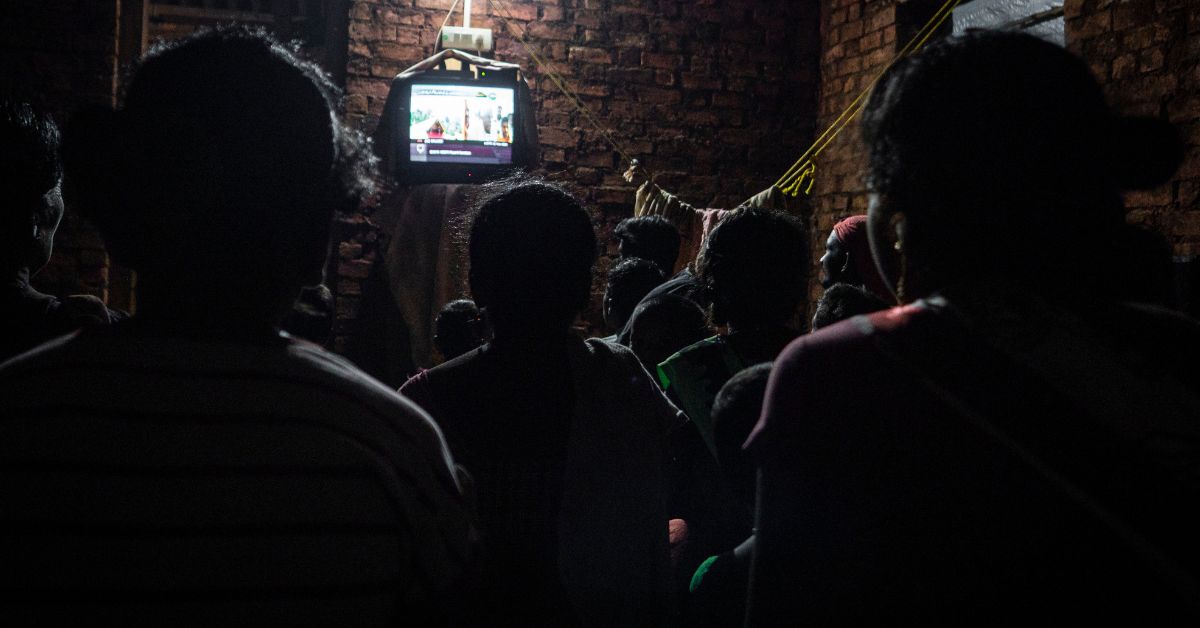 The infusion of electricity in the villages has transformed the lives of the people in more ways than one
The infusion of electricity in the villages has transformed the lives of the people in more ways than one
In the mirror that Gram Oorja holds up to itself, it sees its role, not as a business that’s muscling in and revamping villages overnight, but instead as a facilitator between potential entrepreneurs working on energy access for whom capital is a shot in the arm, and between corporations that have the capital.
Gridding possibilities into India’s villages
To understand the tangible brilliance of what Gram Oorja is doing, we need to understand why a solar microgrid is a big deal.
Picture an off-grid location. Traditional power lines don’t reach here. The village exists in silos.
For a village like this one, a decentralised micro-grid is the only hope. Think of it as a localised energy system with solar panels and battery support. What distinguishes this from a centralised power grid is its scope of transporting power. Decentralised microgrids serve targeted areas — a village, a home, a specific community — instead of a broad approach.
Microgrids have assumed the status of a sustainable cachet. They have appeal. The world’s gaze is trained on them. But, despite this, they’ve been on the margins of sustainable adoptions. High upfront costs and challenges in integrating with existing grid infrastructure play spoilsport.
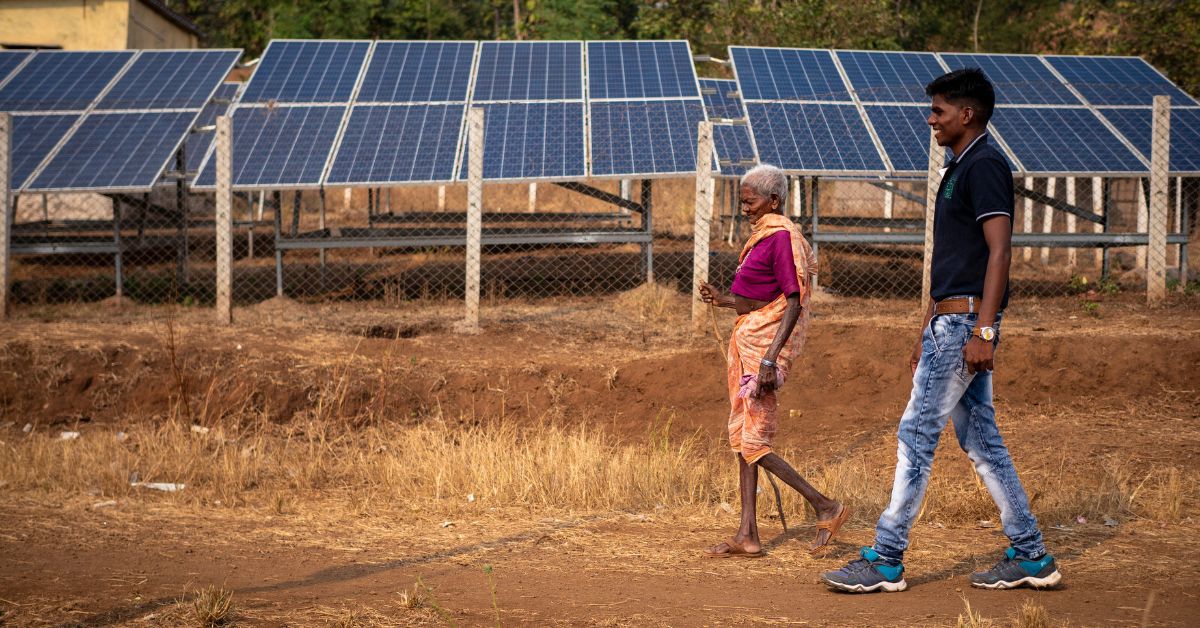 The communities of Jharkhand feel safer knowing that they now have access to continuous energy and that they are responsible for its upkeep
The communities of Jharkhand feel safer knowing that they now have access to continuous energy and that they are responsible for its upkeep
But Gram Oorja, which seems to have cracked the gridded code, says the secret lies in gradual infusion. Their microgrids are currently sparking a renaissance across over 150 remote communities in India.
As is evidenced by the story of Suchita, power, after all, can change a life.
Sometimes it can be the reason someone lives.
When light becomes an antidote to snake bites
Suchita and her family wouldn’t dare to venture out of the home after dark. They were worried about getting bitten by a snake.
Every year, India reports 2.8 million cases of snakebites. In the past two decades, more than 1.2 million have died of snakebites, and around 94 per cent of India’s snakebite deaths are from the Indian hinterland. In fact, eight states drive the average — Bihar, Jharkhand, Madhya Pradesh, Odisha, Uttar Pradesh, Andhra Pradesh, Rajasthan and Gujarat.
Ironically, four of these states — Uttar Pradesh, Madhya Pradesh, Rajasthan and Bihar — top another chart too. According to the India Residential Energy Survey (IRES) survey (2020), they also see the largest number of unelectrified households.
Do you see the link?
Electrification gaps equate to more snake bites.
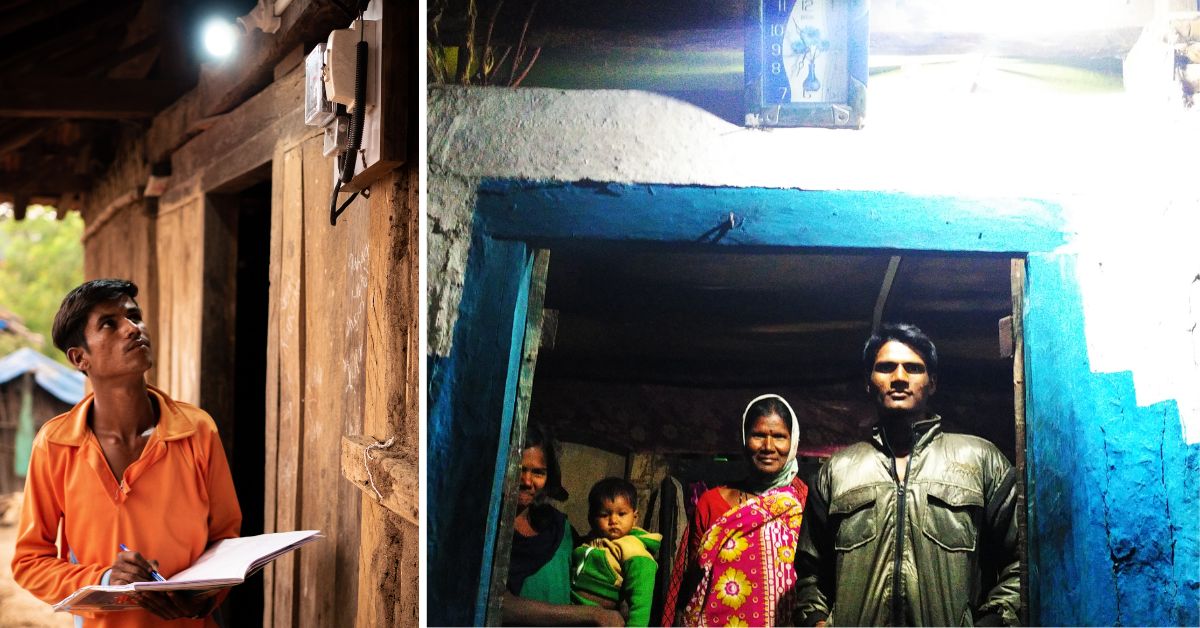 Communities in the villages where the solar microgrids have been installed now have an additional source of income through the use of solar power
Communities in the villages where the solar microgrids have been installed now have an additional source of income through the use of solar power
Acknowledging that snake bites are a prevalent problem in the Indian villages, Sameer says the solution is to light up these pockets. “Street lights can make the villages safer. We’ve seen that snake bites become rarer occurrences when the roads are lit up.”
Take, for instance, Jharkhand, where the villagers no longer have to pawn their freedom for the fear of getting bitten.
While sometimes it’s the entry of snakes into a certain area that gets curbed because of the now lit-up roads, other times it’s simply the locals feeling safer because they know what’s in their path. Suchita explains, “After our village got light, we haven’t been scared to walk on the roads late at night. Even if there is a snake in our path, we see it and move away.” She adds that not just snakes but even elephants — Jharkhand is home to 14 elephant corridors — have started being wary of the lit-up village. They don’t stray in anymore.
Light became the antidote to the villagers’ concerns.
Creating energy-resilient communities
As the rains would bow out for the year, Maharashtra-based farmer Ambadas Bhoye would proceed to pack his bags. The end of the monsoon season meant he had nothing to look forward to in his village of Tulyachapada. The paucity of water made it impossible to irrigate the land the rest of the year. And so, Ambadas would migrate to the main city looking for work that would help him eke out a living until the rains returned once again.
This didn’t pay well. Ambadas earned Rs 215 — on a good day.
But then, in 2019, something changed. That year, when the rains ebbed, Ambadas wasn’t sad. He simply went to his field and turned on the solar-powered irrigation system. His fields of groundnut, okra (lady finger), pumpkins, and beans are thriving.
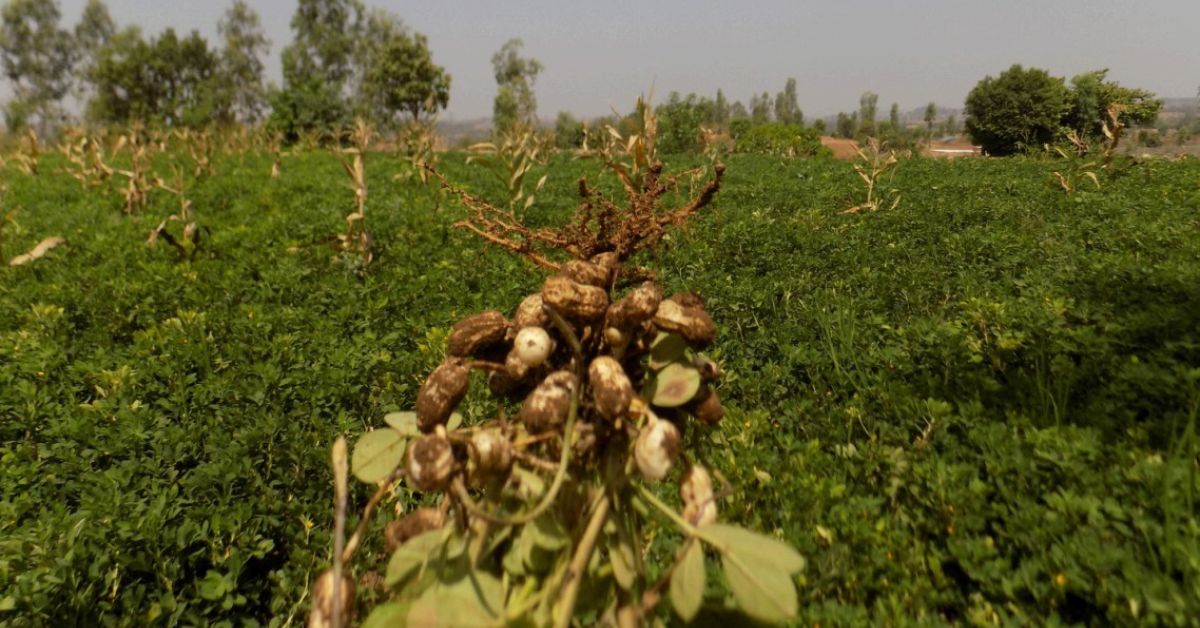 Ambadas’ fields are thriving with groundnut, pumpkins and beans because of the solar powered irrigation system
Ambadas’ fields are thriving with groundnut, pumpkins and beans because of the solar powered irrigation system
No longer is Ambadas’ farming guided by the changing rhythms of nature; it’s now powered by perennial sunlight.
Not only is Ambadas earning handsomely, but the solar-powered group irrigation systems also mean he doesn’t need to wander far from his village looking for work. As Sameer points out, energy problems often eclipse other hardships, one of the most important being seasonal migration. And the trend can only be bucked by addressing the root cause.
In an attempt to shoulder the farmers’ return to their villages and revive this umbilical link, Gram Oorja has been bending the formula, think irrigation systems, solar pumps, and biogas cooking grids, a smorgasbord of sustainable options.
Reasoning how, despite living near water sources, small landholding farmers are often unable to follow multi-cropping, Sameer blames lack of grid connectivity, high diesel pump costs, infrastructure limitations, and the remoteness of the area. As in the case of Ambadas, he says, the availability of surface water means farmers only engage in paddy cultivation during the monsoons.
But, solar-powered group irrigation systems help dodge the pitfalls of the changing climes.
They offer a sustainable and efficient solution by enabling water to be lifted from the source, and then, with the help of a pipeline distribution network, be sent to the different farmlands. There’s added compatibility with drip and sprinkler irrigation.
From empty wells to thriving fields
In April 2025, a certain visual was doing the rounds on social media. It showed women climbing into a parched well in Maharashtra’s Nashik district. The critically low water levels demanded that they lower themselves 20 feet deep — this is an estimation — into the well.
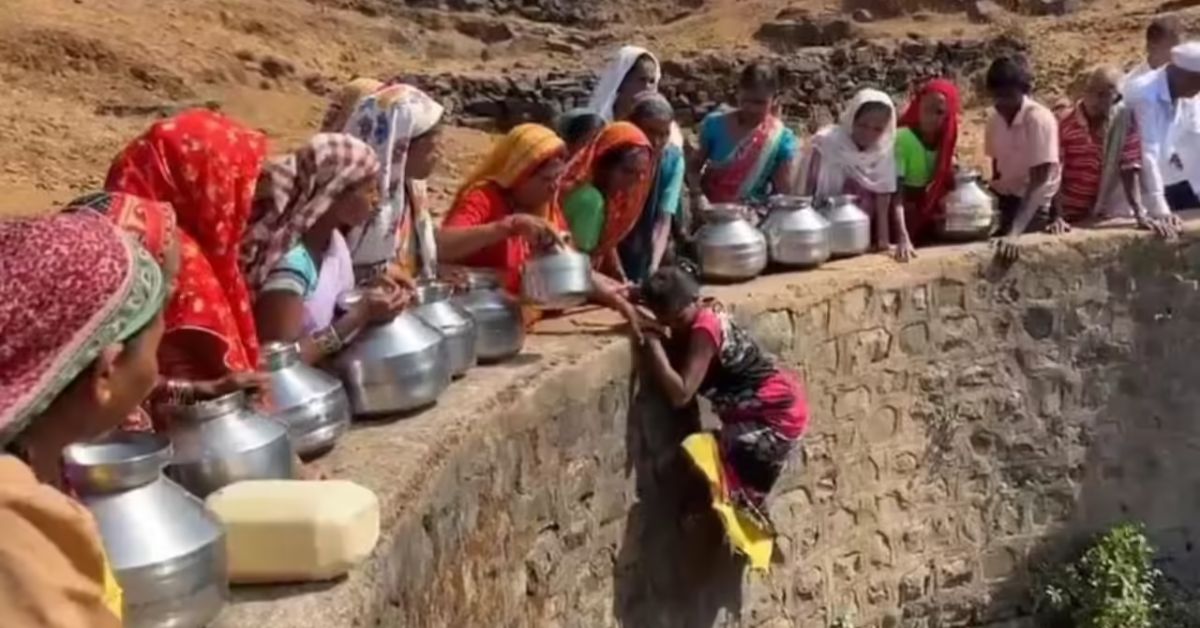 Women are often seen climbing into a parched well to source water, Picture source: Times of India
Women are often seen climbing into a parched well to source water, Picture source: Times of India
Pointing out how it’s women and children who bear the brunt of unkind summers, complex geographies and tough terrains, Sameer says, their welfare lies at the heart of every endeavour by Gram Oorja. To ease domestic water access, Gram Oorja facilitated solar pumps. This curbs dependence on labour-intensive methods of water collection, offering a sustainable, clean, and cost-effective solution.
In the villages of Maharashtra and Jharkhand, 770 solar pumps have been installed, proving a boon for over 4,200 farmers helping them irrigate more than 4,500 acres of previously unirrigated land post monsoons.
It is fascinating, the impact that energy access can have. And how it takes on different shades; for some impact translates to getting a hot meal — the biogas plant at Keshav Srushti Goshala in Mumbai’s Thane provides around 80-100 cubic meters of biogas daily bringing down LPG usage; for some impact means being able to earn a little extra through a secondary occupation; and for some like Suchita it translates to a simple sentence: “Ab andhere se darr nahi lagta (We don’t get scared of the dark now).”
All pictures courtesy Gram Oorja
Sources
News